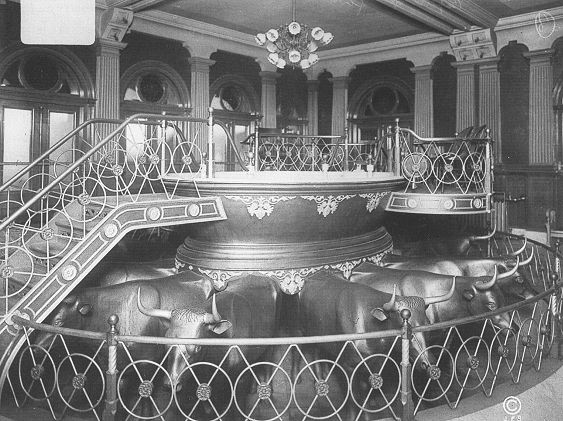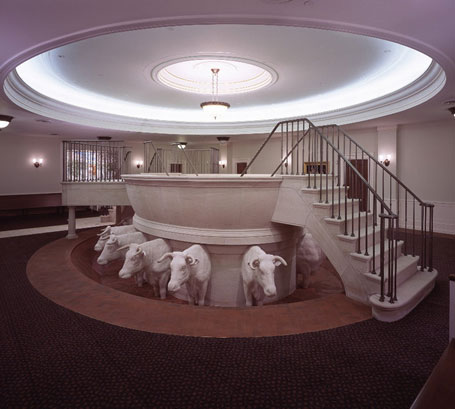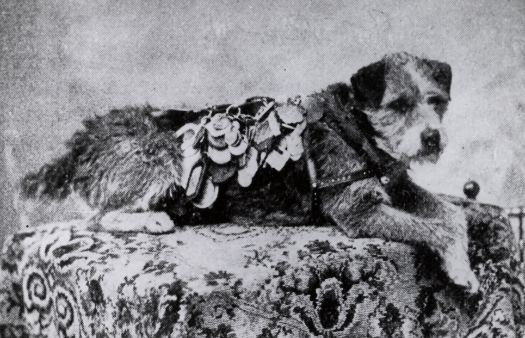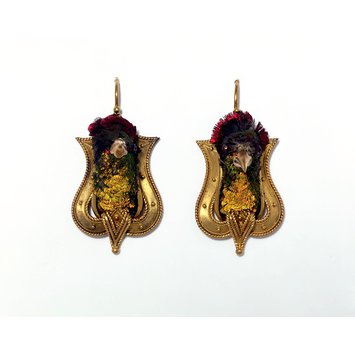
If any of your future relatives become Mormon.... once you have died of course... they might make you Mormon too! I had never heard about this until watching a brief documentary about Mormonism. A Mormon baptismal right, called vicarious baptism, uses a "stand in" to replace the dead "baptizee" which is baptized by proxy for the deceased(Reaume, 1995). This baptism occurs in stunning baptismal pools within even more regal and wonderful temples. Every-day baptismal pools do not compare, even amongst the Latter Day Saint faith. The temple fonts are generally surrounded by 12 oxen with some temples are now opting for 6 oxen against a mirror(Tanner). These special baptismal fonts have only one use and that is for proxy baptisms, while the living are baptized in a "Stake Center" reminiscent of a more typical font(Tanner).
The baptismal right practiced by the LDS community is based upon First Corinthians 15:29 in which Paul wrote: "Otherwise, what will those do who are baptized for the dead? If the dead are not raised at all, why then are they baptized for them?"(Reaume, 1995). First Corinthians 15:29 has caused centuries of debate with the earliest known interpretation being that of Tertull(Hull, 2005, p.2). On the surface, the passage appears to be about vicarious baptism but over two hundred interpretations have been suggested with very few being viable(Reaume, 1995). This initial interpretation about baptizing the dead cannot be verified due to a lack of evidence for the act throughout the duration of the New Testament period and it also appears unlikely that Paul would write about a practice so different from his theology without speaking negatively on the subject(Reaume, 1995). I am not a biblical scholar and therefore know nothing of "Paul's theology" but one might assume that if this type of baptism were a vitally important act, it would be mentioned more frequently within scripture.
Joseph Smith is the founder of the Mormon faith; a religion of American origin born in Nauvoo. I only know this because the television show "Sister Wives" about a Mormon family that continues to practice polygamy. He was so greatly moved by First Corinthians 15:29 that Joseph developed it into a doctrine first made public on August 15 1840 in Nauvoo at a funeral held for Seymour Brunson(Tanner). "Dialogue: A Journal of Mormon Thought" mentions that the idea of vicarious baptism was once again mentioned at the October 1840 conference where the Prophet taught about the ritual and mandated that a temple be built to accommodate it(Tanner). The Teachings of the Prophet Joseph Smith states: "One dies and is buried having never heard the gospel of reconciliation; to the other the message of salvation is sent, he hears and embraces it and is made the heir of eternal life. Shall the one become the partaker of glory and the other be consigned to hopeless perdition?…Such an idea is worse than atheism"(Fugal, 1992). Although this statement is quite wordy, I imagine Smith did not think it fair that those who had never heard the message of God were to be condemned forever. Is this not a little bit insensitive? What if a person was happy with their faith in life... would a non-optional baptism by proxy be highly disrespectful? What if someone had already rejected God in their lifetime after having known him? I cannot answer these questions but I would certainly like to find out more. I am also curious as to if Mormon polygamists still practice this baptismal right since they are not accepted by the LDS church. So much to look into! This whole acting on behalf of the dead thing in this manner is quite uncommon. What an interesting and unique religion.
-Maia B
Just some extra reading if anyone is interested. This has been copy and pasted with some of the bulk removed. Below are the five fundamental principles that underlie LDS understanding of salvation for the dead as written by Elma Fugal, 1992:
1. Life is eternal. Birth does not begin life nor does death end it.
2. Repentance is possible in the next life as well as this one. "There is never a time when the spirit is too old to approach God. All are within the reach of pardoning mercy, who have not committed the unpardonable sin"(TPJS, p. 191).
3. The family bonds extend beyond death. The family bonds that are formed on this earth and consecrated to God by sacred covenants and ordinances are indissoluble and extend into the spirit world.
4. Ordinances may be performed for the dead. Through the holy priesthood, held by the prophets in the Church, Jesus Christ has authorized mortals to receive ordinances [which is] "instrumental in bringing multitudes of their kindred into the kingdom of God"(TPJS, p. 191).
5. Temple ordinances are not "mere signs." They are channels of the Spirit of God that enable one to be born of God in the fullest sense and to receive all the covenants and blessings of Jesus Christ. The performing of earthly ordinances by proxy for those who have died is as efficacious and vitalizing as if the deceased person had done them. That person, in turn, is free to accept or reject the ordinances in the spirit world.
-Elma Fugal
ps. TPJS = The Teachings of the Prophet Joseph Smith
Bibliography
Fugal, E. (1992). Salvation for the Dead. In Encyclopedia of Mormonism (Vol. n/a, p. n/a). n/a: Macmillan Publishing Company. Retrieved March 23, 2013, from http://www.lightplanet.com/mormons/temples/salvation_dead.html
Hull, M. F. (2005). Baptism on Account of the Dead (1 Cor: 15:29): an act of faith in the resurrection. Leiden: Brill.
Reaume, J. D. (1995). Another Look at 1 Corinthians 15:29, "Baptized for the Dead". Bibliotheca Sacra 152, October-December 1995, 457-475. Retrieved March 23, 2013, from the Last Seminary database.
Tanner, S. (n.d.). Baptism for the Dead and the Twelve Oxen Under the Baptismal Font. Utah Lighthouse Ministry. Retrieved March 23, 2013, from www.utlm.org/onlineresources/pdf/baptismforthedeadandbaptismalfont.pdf
Please note that APA does not permit for the citation of photographs; links are provided below:
1)http://www.phawker.com/wp-content/uploads/2012/02/mormon-temple-baptistry.jpg
2)http://www.utlm.org/images/twelveoxen_bw.jpg


.jpg/387px-Saint_Patrick_(window).jpg)








